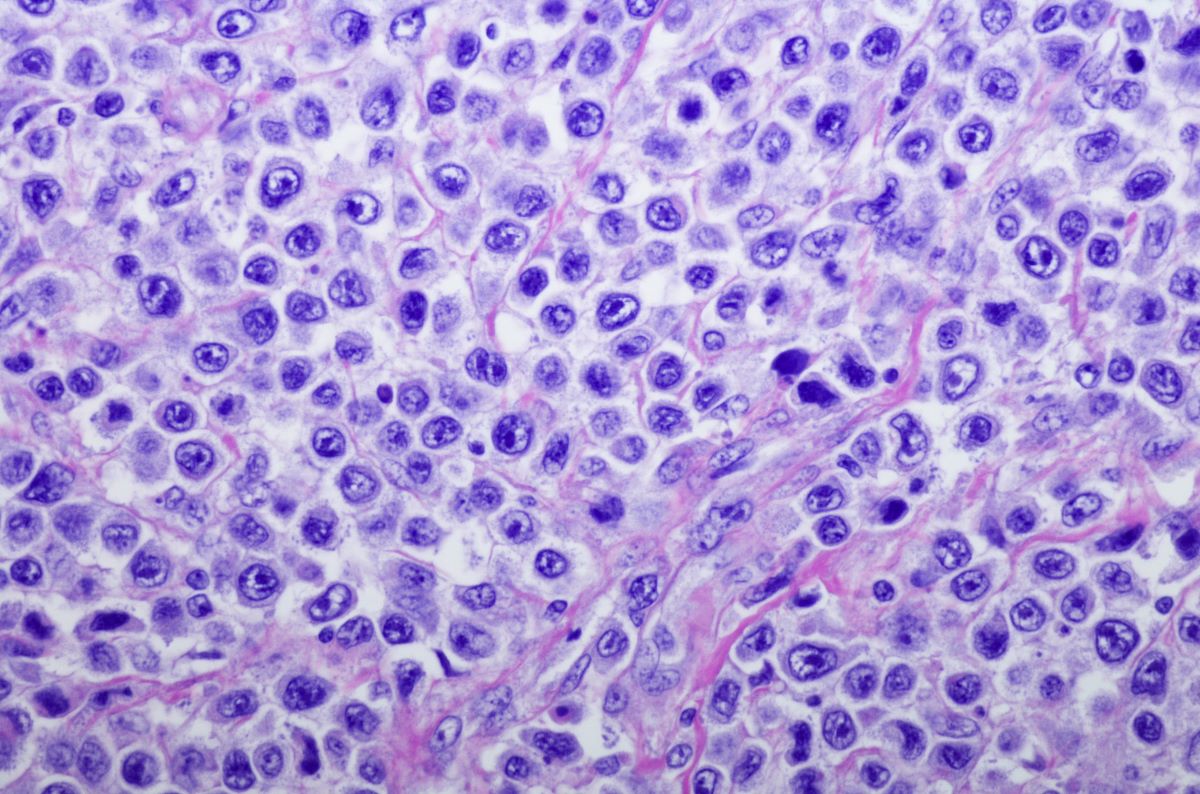
The number of cases of cutaneous T-cell lymphoma (CTCL) continues to increase in the United States, with a notable rise of cases reported in young patients, according to a research letter published in JAMA Oncology.
The investigators, led by Zhuo Ran Cai, MD, reported an overall increase in cases of CTCL between 2000 and 2018 in North America. The group’s findings differ from previous studies that suggested CTCL incidence stabilized after 1998 in North America.
To explain the increase, the authors suggested that better diagnostic tools and increased awareness among physicians and patients may have led to improved CTCL detection. In addition, since physician density is known to be associated with higher incidence, efforts to increase access to health care may have contributed to a rise in CTCL diagnoses. Higher socioeconomic status and metropolitan county were both associated with increased incidence.
The investigators took data from 18 population-based registries of the Surveillance, Epidemiology, and End Results (SEER) Program from 2000 to 2018, including all histologically confirmed cases of first primary CTCL with malignant behavior and primary site of involvement skin. The data search identified 14,942 new cases of CTCL in the period analyzed. Mycosis fungoides (MF) was the most common diagnosis, followed by primary CTCL and primary cutaneous anaplastic large cell lymphoma.
The overall CTCL incidence was 8.55 per million and increased over the study period at an annual percent change (APC) of 0.61%. Among CTCL subtypes, MF had the highest incidence (5.42), and Sézary syndrome had the highest increase (APC, 3.83%). Overall, primary CTCL was the only subtype with decreasing incidence over the study period (APC, −1.39%).
Patient demographic characteristics in the dataset included sex, age, race and ethnicity, and geographic region (metropolitan versus non-metropolitan counties).
“Overall, CTCL incidence by age, sex, and race and ethnicity stayed mostly consistent with previous reports,” Dr. Cai and colleagues wrote. “One key new finding is the more rapid increase in incidence among young patients, possibly owing to earlier diagnosis.”
The study was the first to analyze CTCL incidence by socioeconomic status and geography, according to the investigators.
The analysis had several limitations, including the potential underreporting of cases, heterogeneous classification, changes in diagnostic tools, and small sample sizes.
Cai ZR, Chen ML, Weinstock MA, Kim YH, Novoa RA, Linos E. Incidence trends of primary cutaneous T-cell lymphoma in the US from 2000 to 2018: a SEER population data analysis. JAMA Oncol. 2022. doi:10.1001/jamaoncol.2022.3236






 © 2025 Mashup Media, LLC, a Formedics Property. All Rights Reserved.
© 2025 Mashup Media, LLC, a Formedics Property. All Rights Reserved.